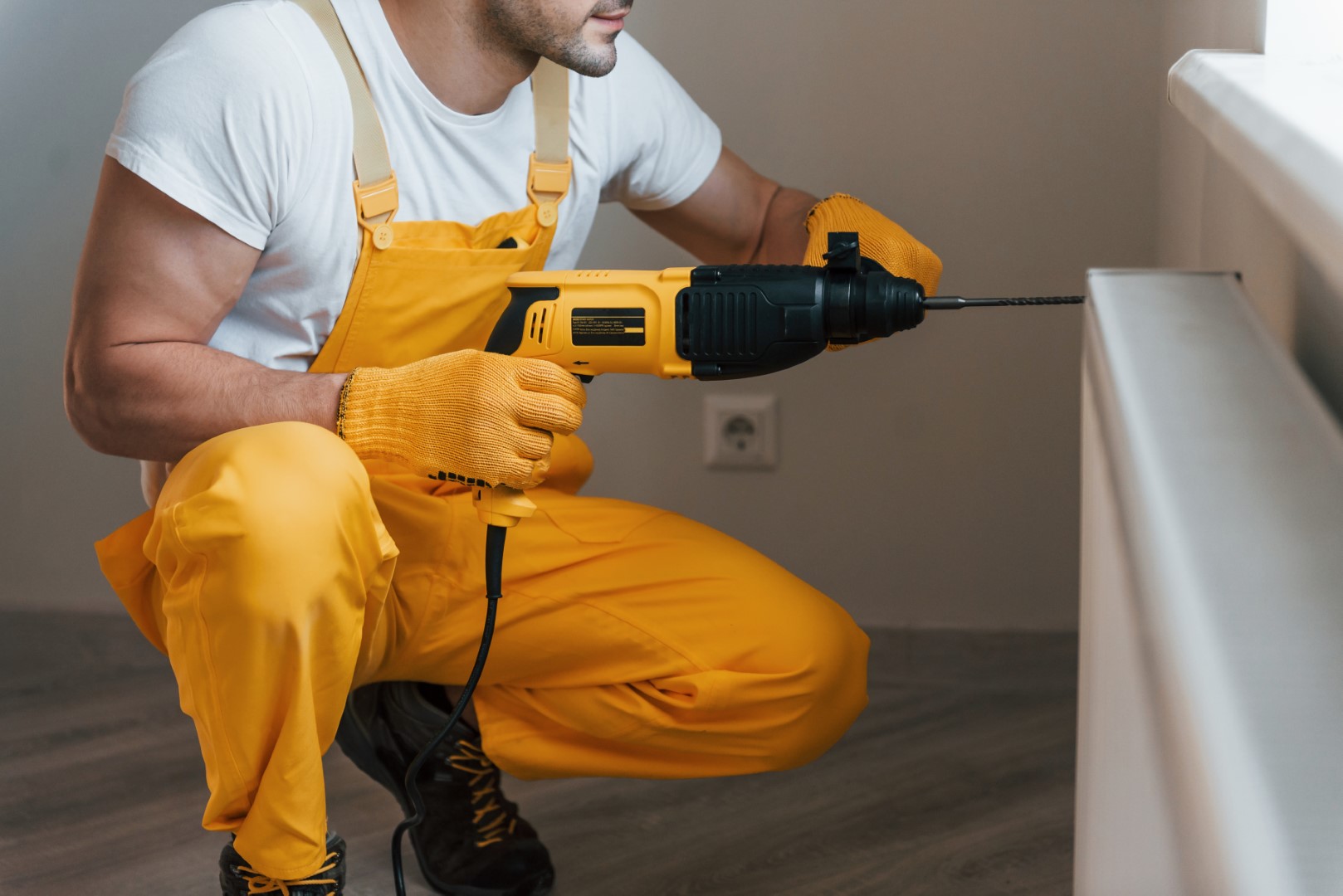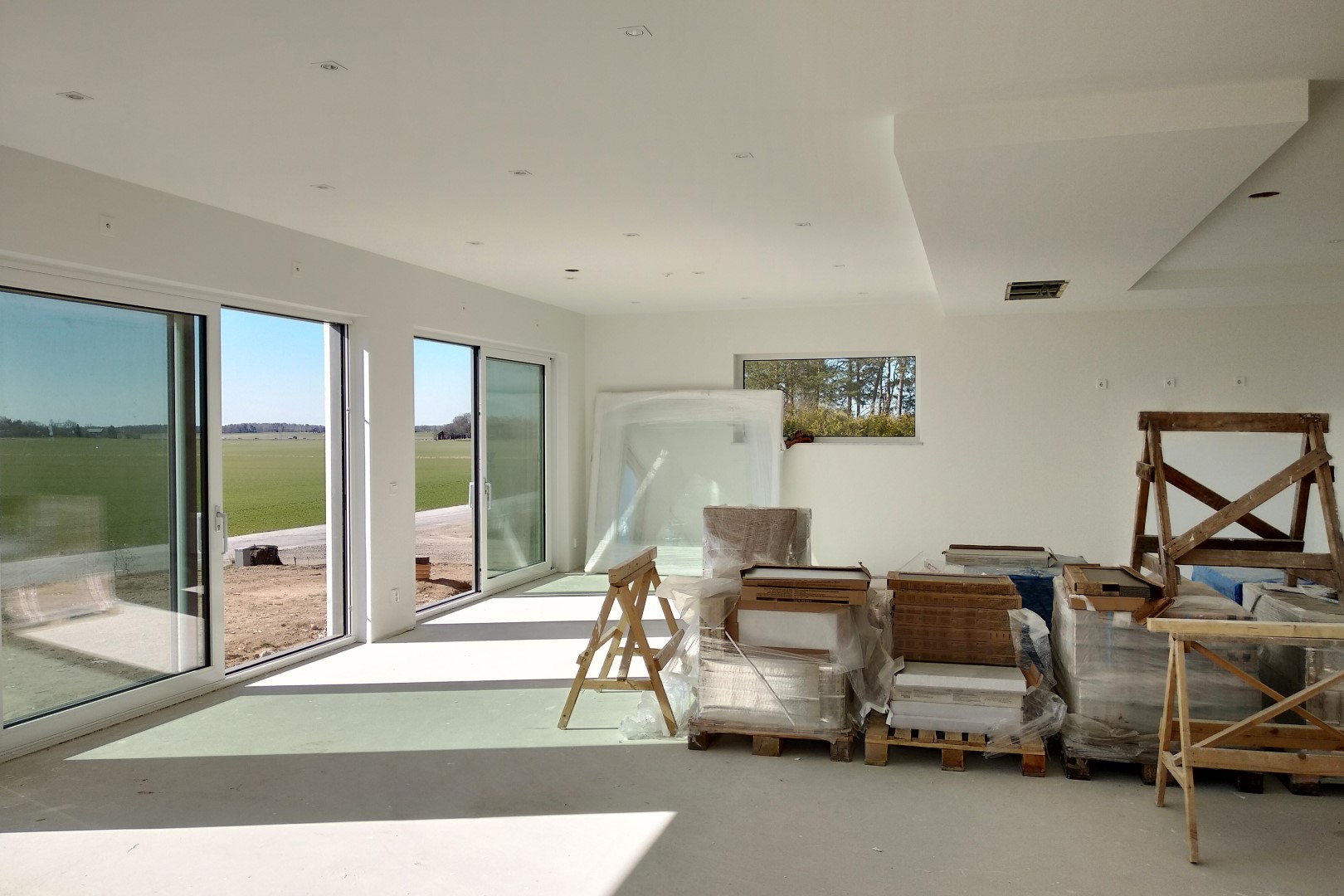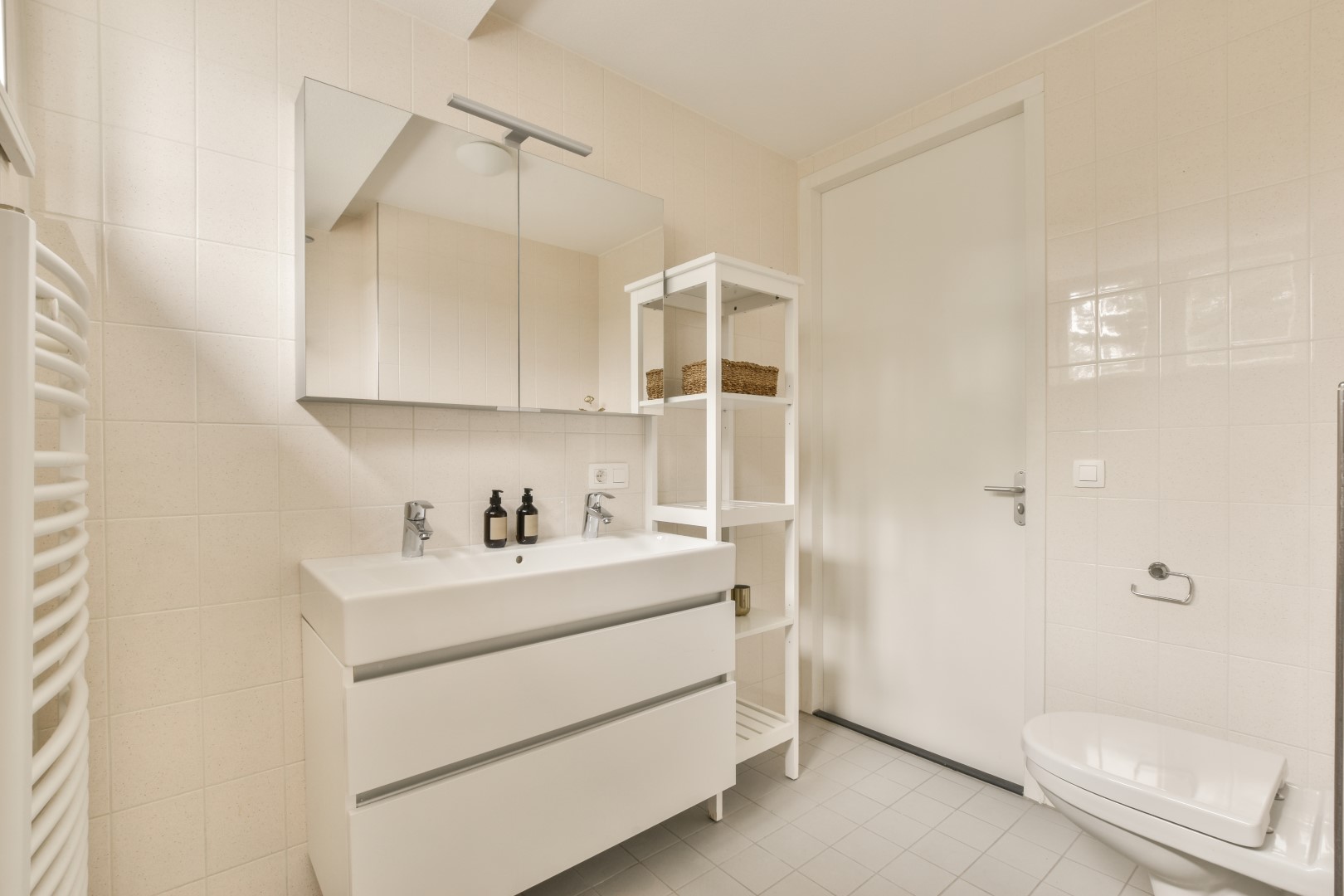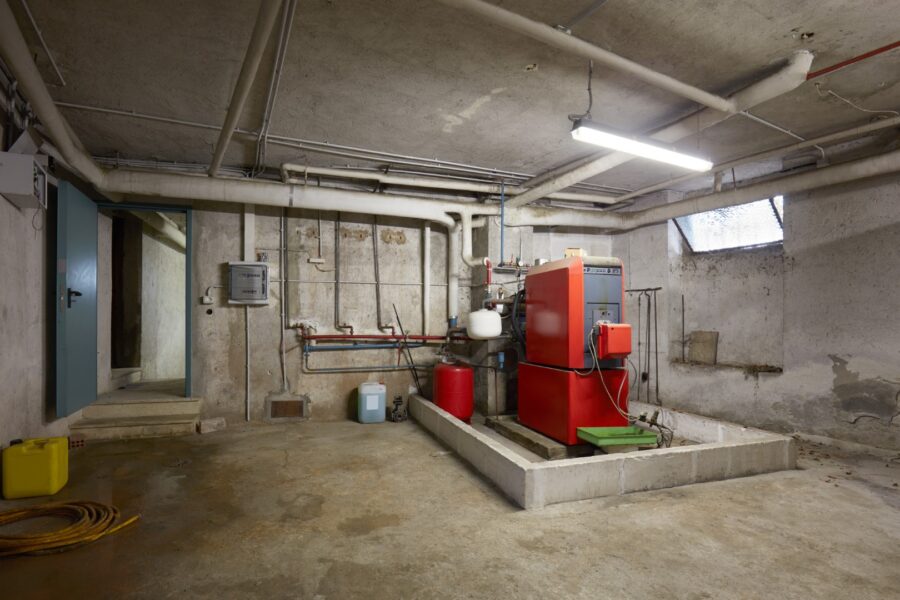In the grand tapestry of architectural history, buildings stand as silent witnesses to the passage of time. Whether it’s the venerable walls of an ancient castle or the quaint charm of a historic townhouse, every structure bears the marks of its journey through the years. However, time, weather, and wear can take a toll on even the sturdiest edifices. That’s where the art and science of building repairs come into play. Renovating and restoring a building is a meticulous process, blending craftsmanship with modern techniques to revive structures and bring them back to life. This ultimate guide explores the intricacies of building repairs, from understanding the nuances of renovation to the delicate art of restoration.
Revitalizing the Past: The Art of Historical Building Restoration
Restoring a historical building is akin to embarking on a captivating journey through time. It’s not just about fixing what’s broken; it’s about preserving the essence and authenticity of an era gone by. Historical building restoration involves meticulous research to understand the original construction methods, materials, and architectural nuances. This information forms the blueprint for the restoration process, ensuring that every nail and beam aligns with the historical context. Skilled artisans and craftsmen play a pivotal role, using traditional techniques alongside modern tools to breathe life back into weathered facades. From majestic cathedrals to humble cottages, the art of historical restoration is a testament to human dedication to preserving the legacy of our built heritage.
Modern Marvels: The Science of Building Renovation
In contrast to historical restoration, contemporary building renovation is a dynamic field that embraces innovation and sustainability. Renovating a structure involves not only fixing defects but also enhancing its functionality, energy efficiency, and aesthetic appeal. Modern renovation techniques often incorporate cutting-edge materials and technologies to ensure longevity and resilience against the challenges of the future. From energy-efficient windows to smart home systems, the goal is to marry the charm of the old with the convenience of the new. Renovators work closely with architects, engineers, and interior designers to create spaces that seamlessly blend the past with the present. It’s a delicate dance between preservation and progress, where the result is a revitalized structure that meets the demands of contemporary living while respecting its historical roots.
Structural Integrity: Challenges of Building Repairs
The backbone of any building repair project lies in ensuring structural integrity. Whether dealing with historical restoration or modern renovation, addressing structural issues is paramount. This involves a thorough assessment of the building’s foundation, walls, and load-bearing elements. Structural engineers play a crucial role in identifying weaknesses and proposing solutions to reinforce the building’s stability. Repairing foundations, reinforcing beams, and addressing water damage are common challenges faced in building repairs. The key is to strike a balance between preserving the original structure and implementing necessary upgrades. This often requires a multidisciplinary approach, bringing together experts from various fields to create a comprehensive and effective repair plan. In the realm of building repairs, structural integrity is not just a technical requirement but a promise of longevity and resilience for the structures that stand as guardians of our collective history.
Streamlining the Process: Permit Expediters in Building Repairs
In the intricate landscape of building repairs, navigating the bureaucratic maze of permits and approvals can be a time-consuming challenge. This is where permit expediters step into the spotlight. These professionals specialize in expediting the permit acquisition process, ensuring that the necessary approvals are obtained swiftly and efficiently. Permit expediters are well-versed in local building codes, zoning regulations, and permit requirements, providing invaluable assistance to both historical restoration projects and contemporary renovations. By collaborating with permit expediters, project managers and renovators can streamline the bureaucratic aspects of building repairs, allowing them to focus more on the craftsmanship and technical aspects. In essence, permit expediters serve as facilitators, bridging the gap between the vision for a renewed structure and the regulatory processes that govern its transformation. Their expertise becomes an integral part of the intricate dance between preserving the past and embracing the future in the realm of building repairs.
Authentic Materials: The Heart of Historical Restoration
One of the critical elements in historical building restoration is the sourcing of authentic materials. This process involves a meticulous search for materials that closely match those originally used in the construction of the building. From reclaimed bricks to period-appropriate woodwork, every piece contributes to the authenticity of the restoration. Skilled artisans often collaborate with historians and preservationists to identify and procure these materials, ensuring that the restored structure not only looks the part but also stands as a true representation of its historical roots. This commitment to authenticity extends beyond aesthetics, playing a vital role in maintaining the structural and architectural integrity of the building.

Green Building Practices: Sustainability in Modern Renovation
In the realm of contemporary building renovation, the focus on sustainability has become increasingly prominent. Green building practices aim to minimize the environmental impact of renovation projects while maximizing energy efficiency. This involves the integration of eco-friendly materials, energy-efficient systems, and waste-reduction strategies. Architects and designers work hand in hand with environmental consultants to create spaces that not only meet the demands of modern living but also contribute to a greener, more sustainable future. From solar panels to rainwater harvesting systems, these innovative solutions not only enhance the functionality of the structure but also align with the global push towards eco-conscious building practices.
Cultural Identity: Balancing Tradition and Modernization
In both historical restoration and contemporary renovation, the challenge lies in striking a delicate balance between preserving cultural identity and embracing modernization. Historical buildings often hold immense cultural significance, serving as landmarks that tell the stories of communities and civilizations. The restoration process must be approached with a deep respect for this cultural identity, preserving the unique features that make the structure a testament to its time. On the other hand, modern renovations in culturally rich areas need to be mindful of the existing architectural context. The challenge is to introduce contemporary elements that enhance functionality without overshadowing the cultural and historical significance of the surroundings. This delicate dance between tradition and modernization is a defining characteristic of successful building repairs that honor the past while meeting the needs of the present.
In the ever-evolving landscape of building repairs, the art and science of renovation and restoration weave together to create a symphony of craftsmanship, innovation, and compliance. From the meticulous sourcing of authentic materials for historical restorations to the integration of green building practices in modern renovations, each project unfolds as a unique narrative in the story of architectural evolution. Permit expediters emerge as unsung heroes, smoothing the regulatory path for these endeavors. As we endeavor to preserve the past and pave the way for the future, the delicate balance between tradition and modernization remains at the forefront of building repairs. In the end, the structures that stand tall, renewed, and revitalized, are not merely brick and mortar; they are living testaments to the resilience of human ingenuity and the enduring spirit of our architectural heritage.
Discover more from Futurist Architecture
Subscribe to get the latest posts sent to your email.




